We recently talked with Scott Joyner about his experience building custom fly rods, and here is what he had to say:
Building custom rods has been a passion of mine for many years—though that passion began out of necessity. Back in the 90’s, I was a young guide who’d just opened up a fly shop. I didn’t have enough money to carry a name-brand line of rods, so I started building rods using name-brand blanks. Those first rods weren’t perfect, but they were a hit in the shop. Since then, I’ve spent decades refining my craft to point of designing my own rod blanks.
There’s a lot that goes into building a custom rod, from the components to the assembly to the finishing touches… It would be impossible to do it all justice in a few short blogs, but I’ll do my best to give a comprehensive overview without getting too caught up in the details.
Why Build Your Own Fly Rod?
If you’re considering building a custom rod of your own, it can be a challenging process—but the reward of hitting the river with a rod you made is well worth it. Not only will you save money (the cost of blanks and other components is generally much less expensive than purchasing a finished fly rod), but you’ll also walk away with a greater appreciation for the mechanics of a fly rod.
That said, don’t forget to have fun with it. Build a rod that you’re excited to fish with! Cater it to the adventures you want to go on. Use materials and colors that give it unique character. And when you’re all finished, show it off to friends and family—you’ve earned some bragging rights.
Choosing a Rod Blank
Choosing a blank is like picking out a new toy. This is when you get to start daydreaming about your future fly fishing adventures—where will you take your new rod? What will you be fishing for? Consider the weight and action you're seeking. Are you a fan of fishing dries or streamers? Big waters or small? And of course, don’t forget to contemplate color—part of the art of crafting a custom rod is in the look of the final product. You can purchase high-quality blanks from Montana Casting Co. and a number of other fly rod manufacturers.
Choosing the Reel Seat and Grip
Since you’re building a custom rod, you might as well pick a cool reel seat and comfortable grip to enhance the character of the rod. Some questions to consider here:
- What materials do you want your reel seat to be made with? Adonized aluminum is corrosion resistant, a handy quality in extreme environments. Using nickel silver or a burlwood insert can give your rod a beautiful, classic look, but keep in mind that some of these materials may be more susceptible to salt water.
- Do you want a rod with a fighting butt? Do you want that fighting butt to be removable?
- What kind of grip do you prefer to fish with? When it comes to grip style and grip quality, you’ve got plenty of options. I prefer a half wells grip on rods up to 5wt and a full wells on rods 6wt and up.
Get High-Quality Guides
Look for stainless steel snake guides and a good stripping guide with a ceramic center. I tend to use Fuji Guides products; I can always depend on them to take a hit and keep functioning correctly. You also don’t want to forget a winding check—this goes on the front of the grip to give it a nice finished look. You can get them in a rubber o-ring style or aluminum for a more custom finish.
Choosing Your Wraps
Rod wrapping thread is another department where you get endless creative freedom. I enjoy looking for the perfect color (or colors) to compliment the color of my chosen blank—it’s these small details that will give your rod its own unique character. While there are many different brands and colors to choose from, two main differences exist: with or without color preserver. I prefer to go without color preserver; once you apply the epoxy to a thread that doesn’t have a color preserver, the thread will become almost translucent… And I think that’s a super cool look.
Epoxy
I’ve used many brands over the years, and they all give an excellent finish. You’ll find Flex Coat Lite and Generation 4 being used in my shop most of the time.
Questions?
It was quite the feat condensing all that information into a few short paragraphs; I could speak for hours on the various components of a custom rod—and we haven’t even gotten to the how-to’s of building one! (I have to remind myself—I’m writing a blog, not a book.) All that is to say, if I missed something or you want more detail, send us an email (gethookedup@montanacastingco.com) or give us a call at 406-285-1452. We’re happy to help and share our advice. And don’t forget! You can get many of your rod-building components from Montana Casting Co. After all, we began as a custom fly rod shop.
This is part one in a three-part series on custom fly rods. Check back next week for a deep dive into fly rod assembly!
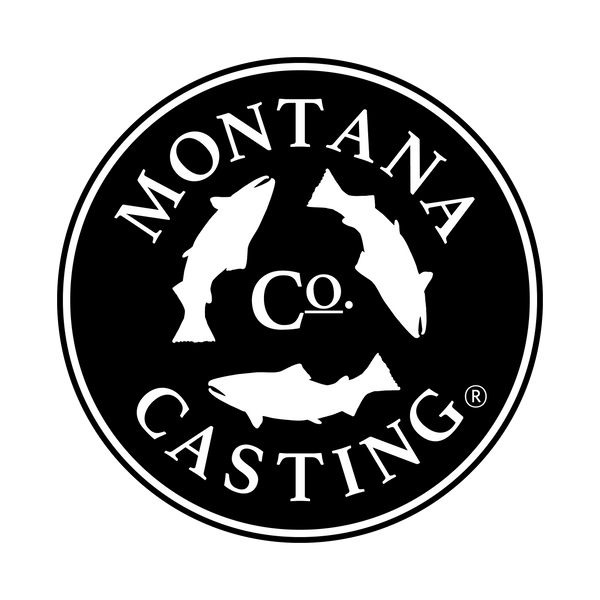
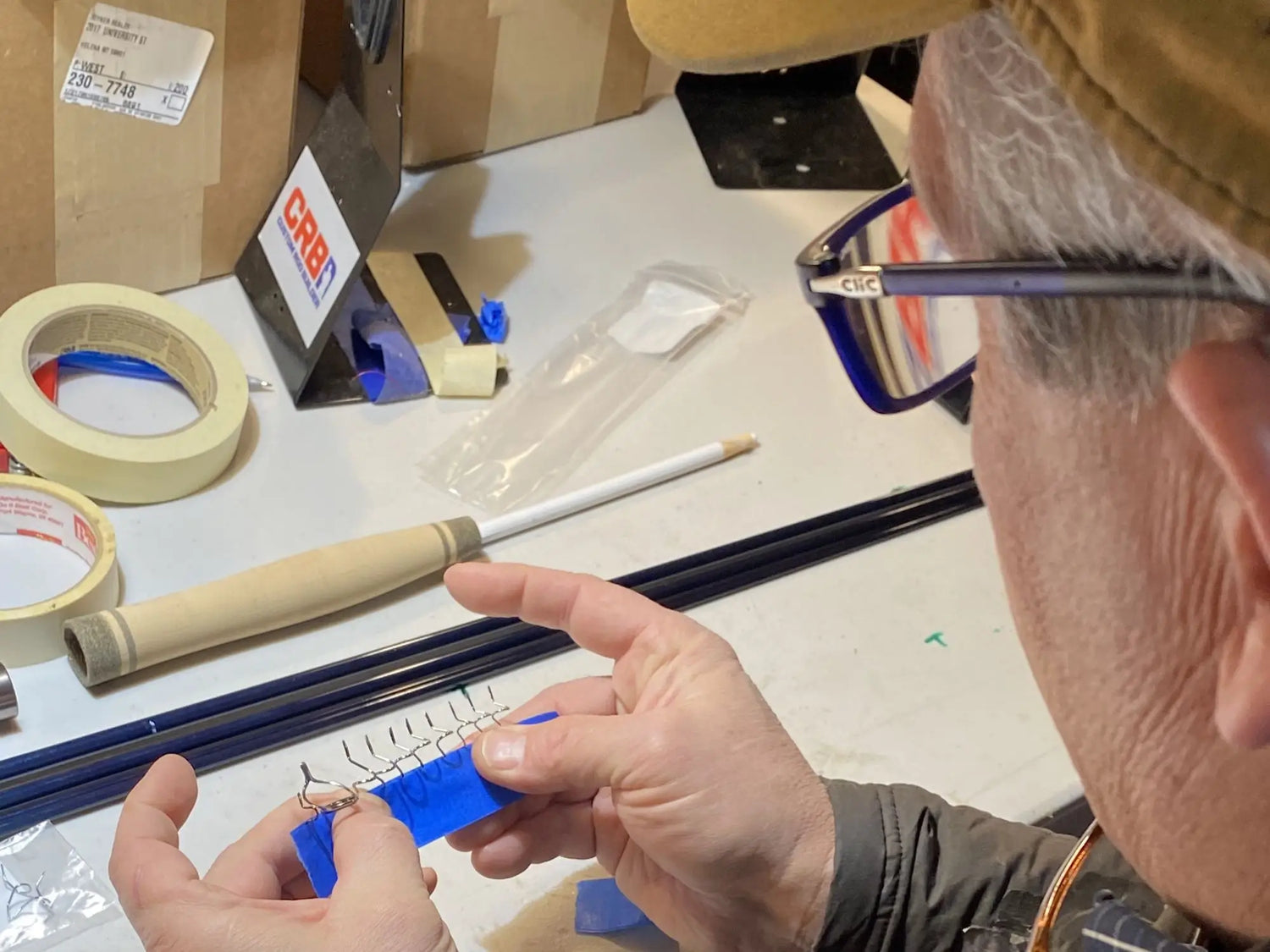
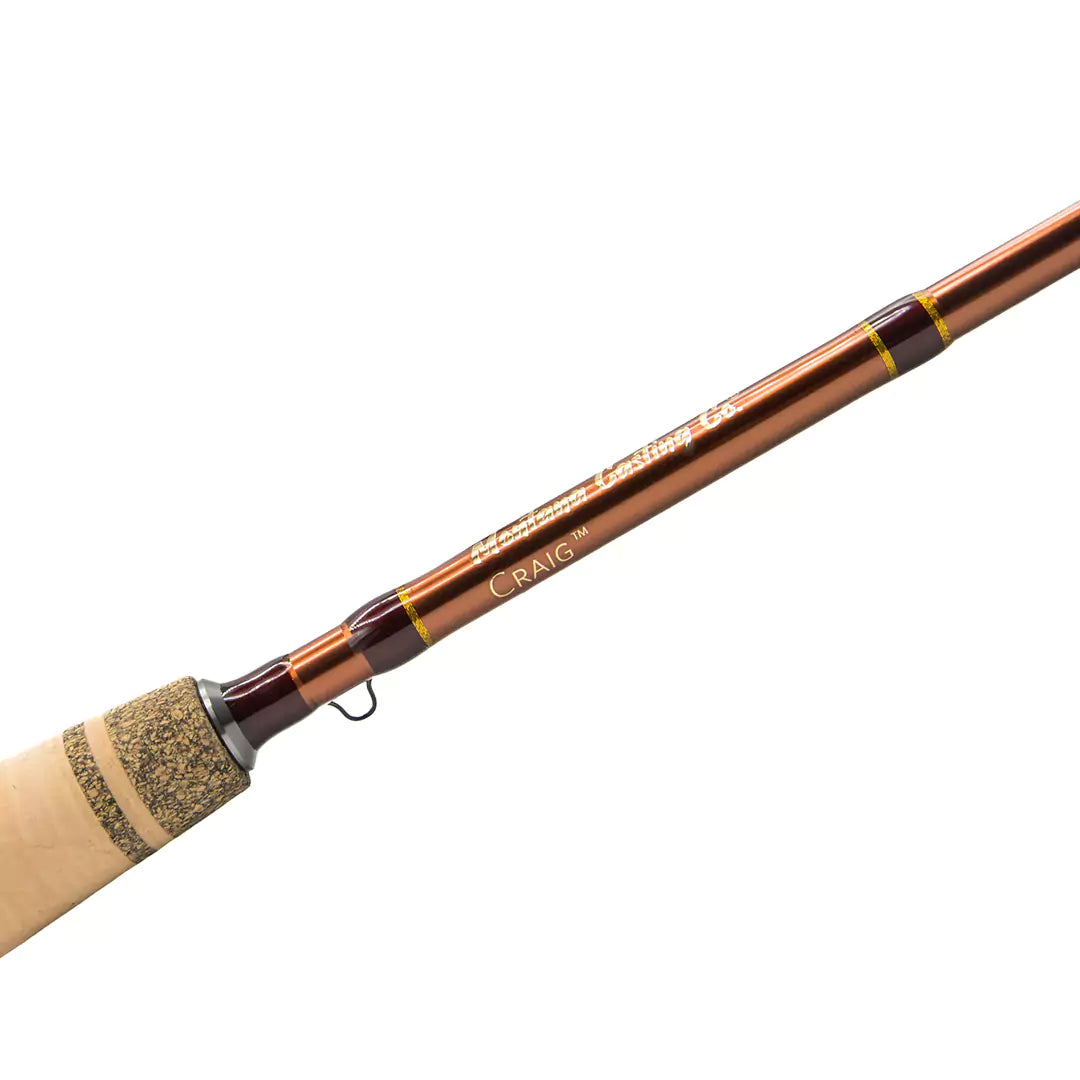
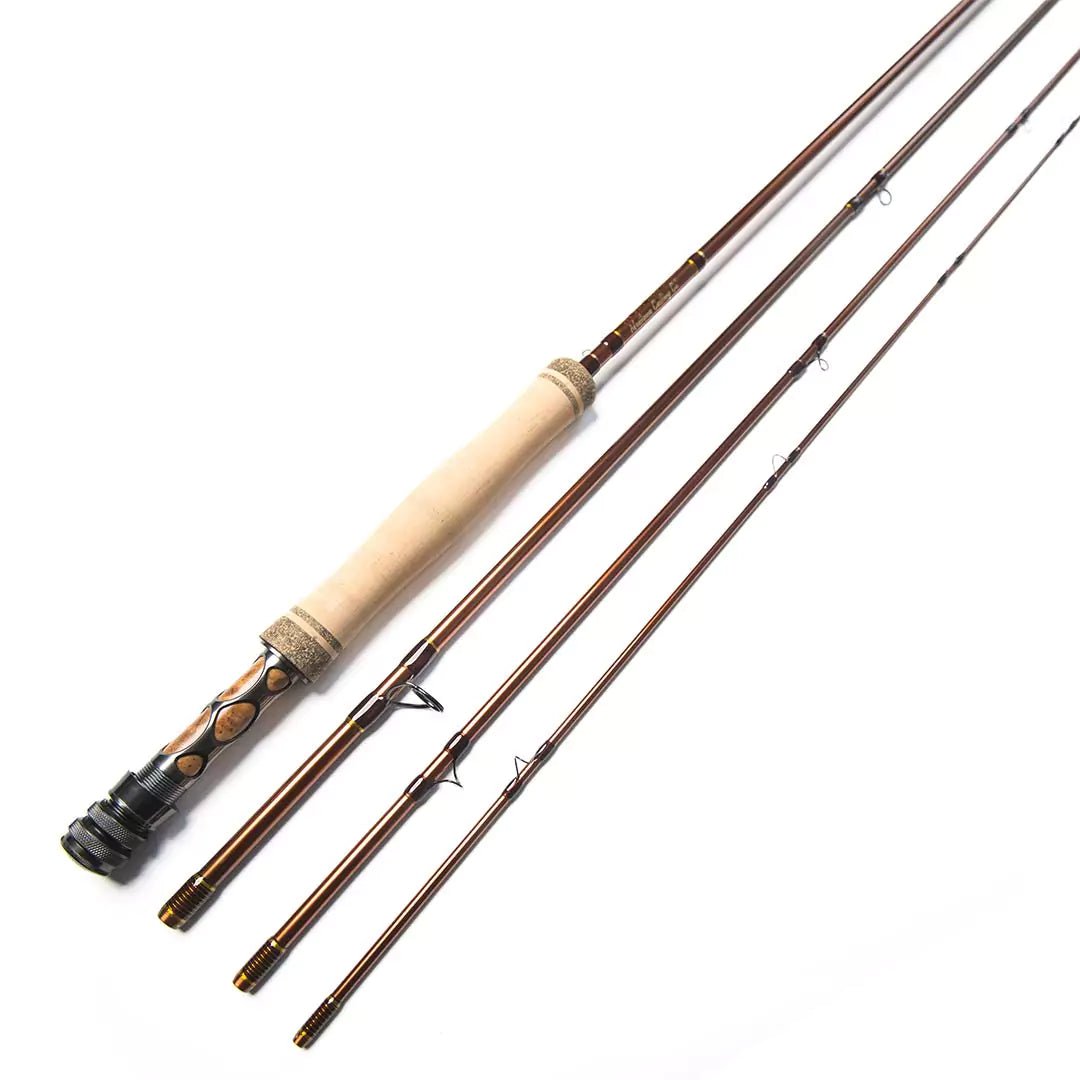
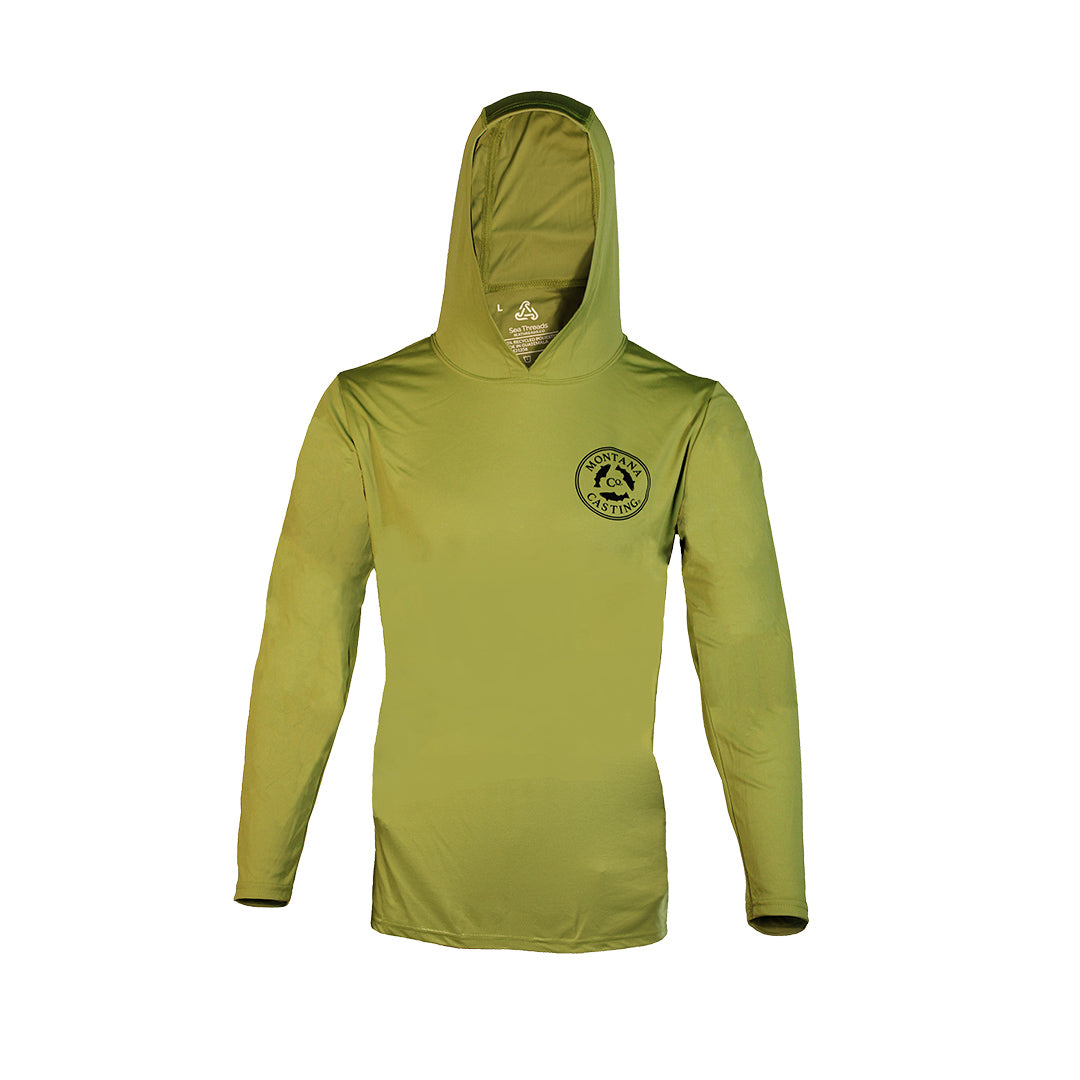
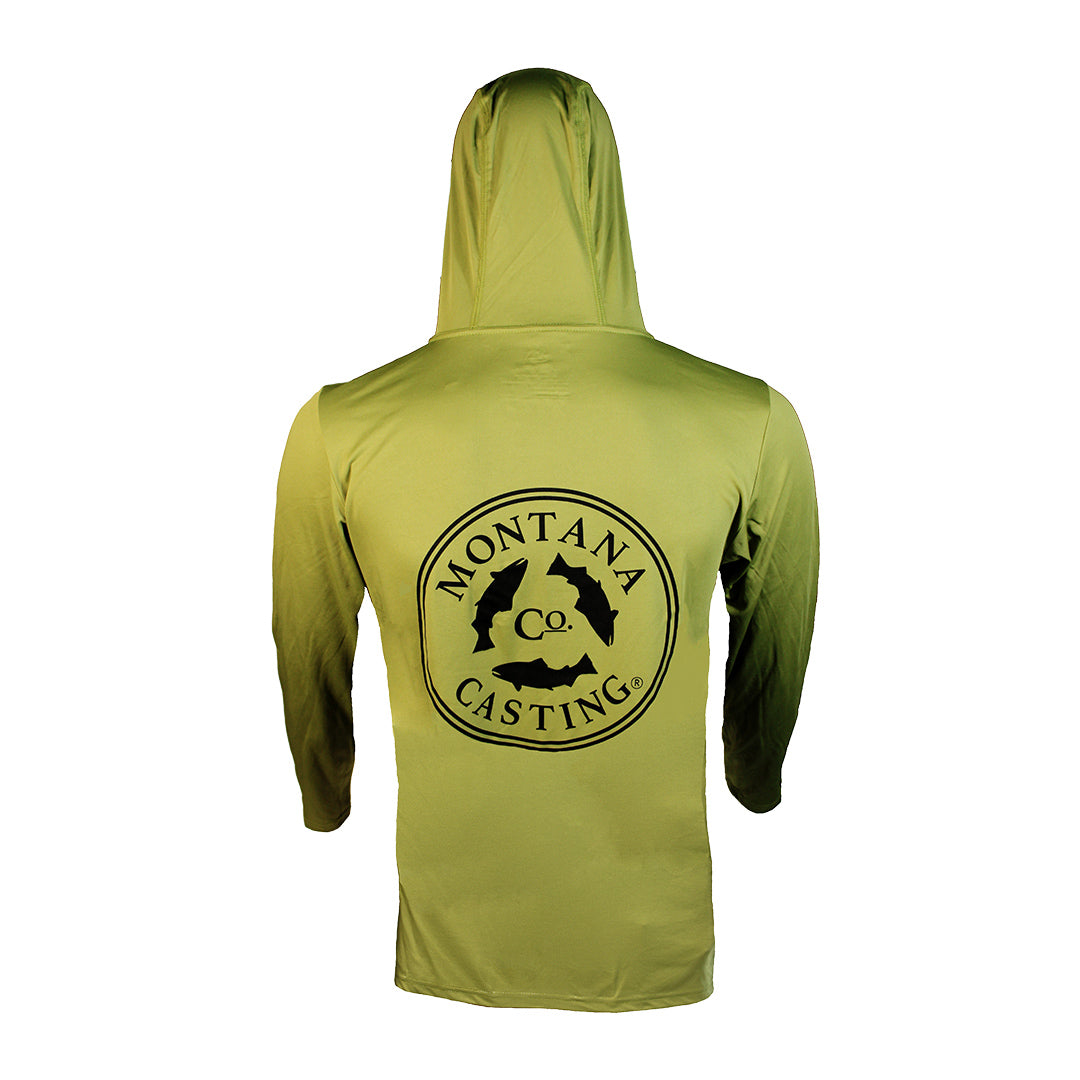

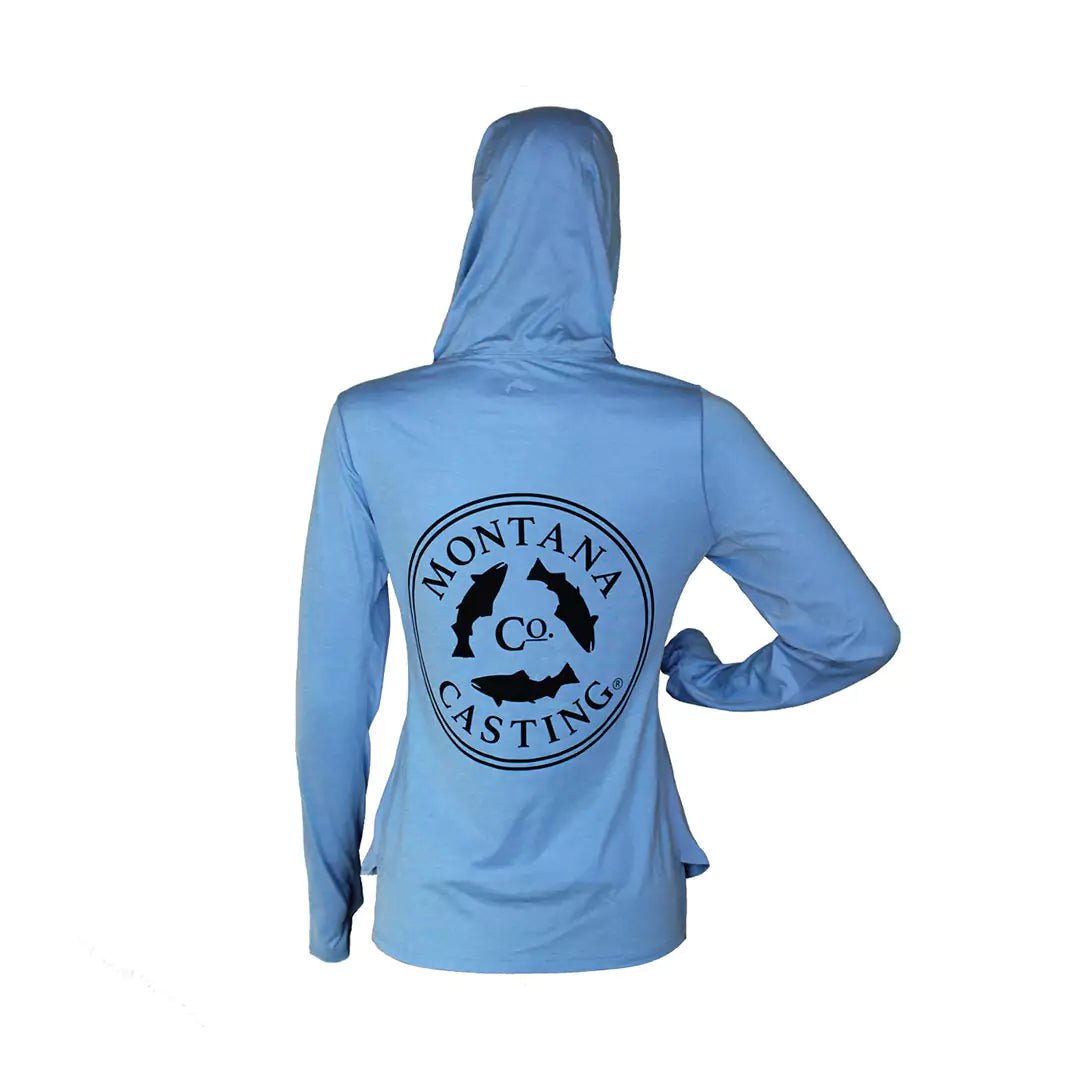
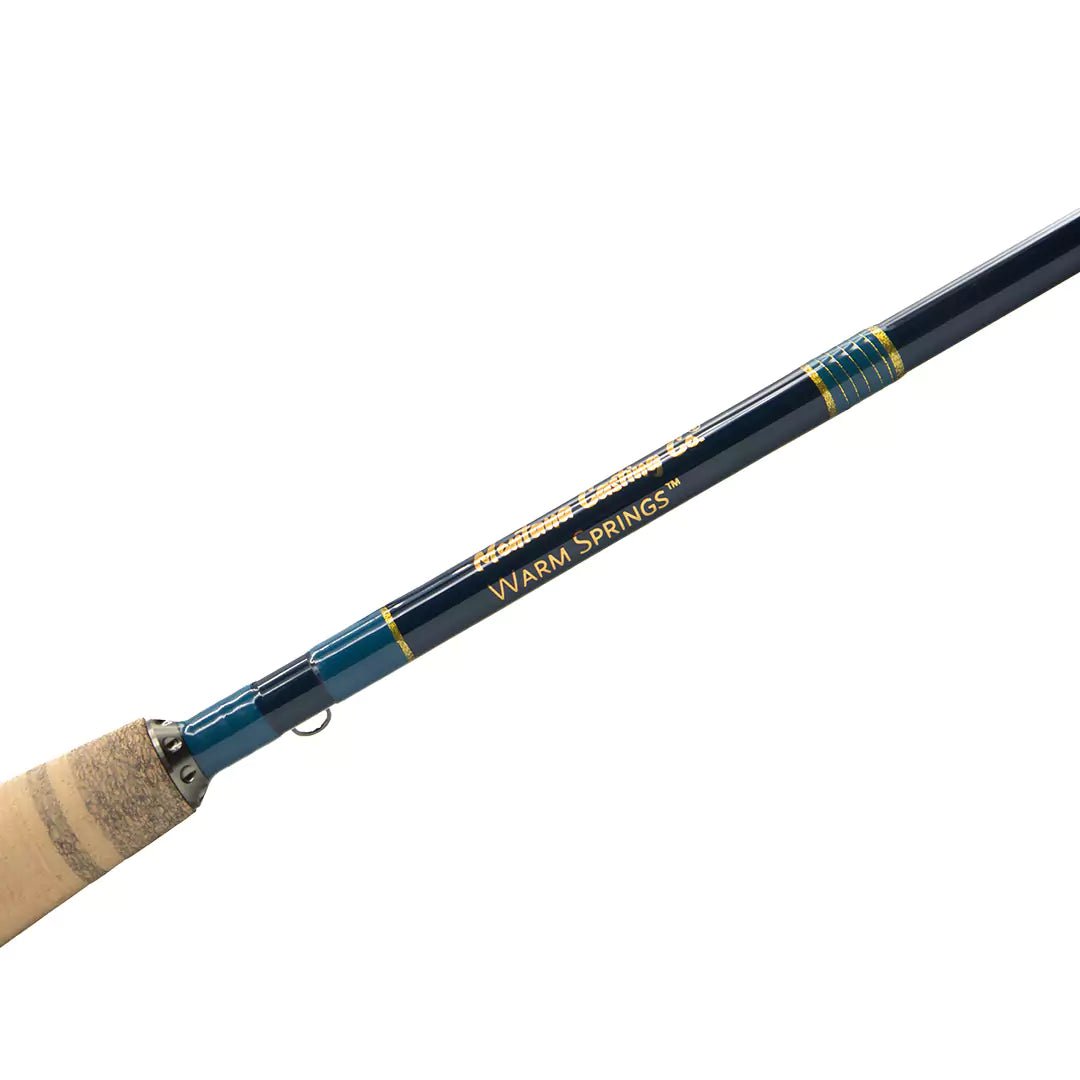
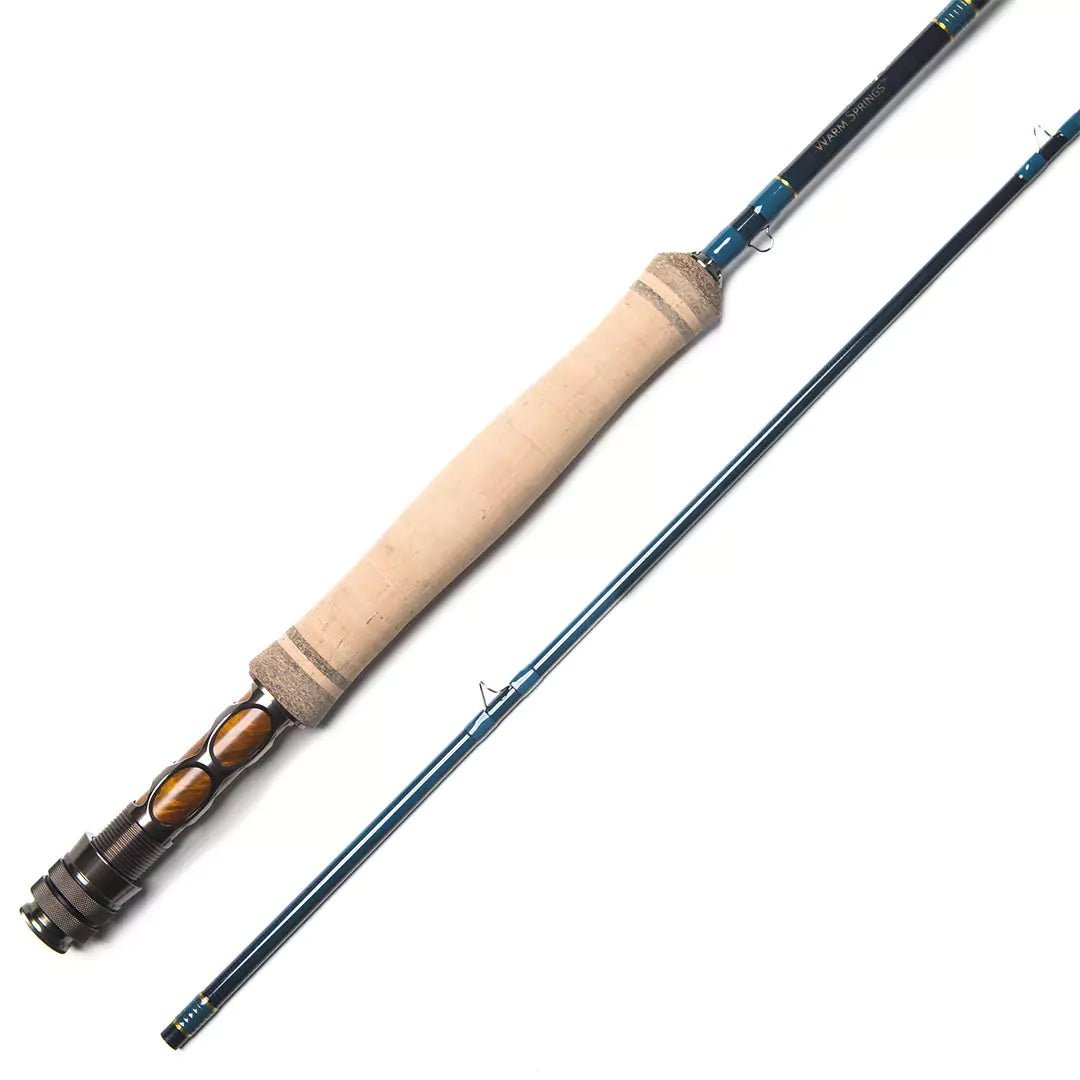
2 comments
Hi Craig,
The thinner type depends on the epoxy, but I have used acetone and denatured alcohol. However, I rarely use a thinner as I just feel that I get a better finish without it.
Do you have a thinner for it?
Craig